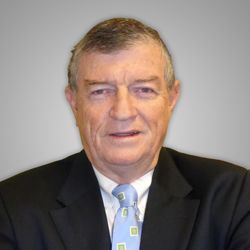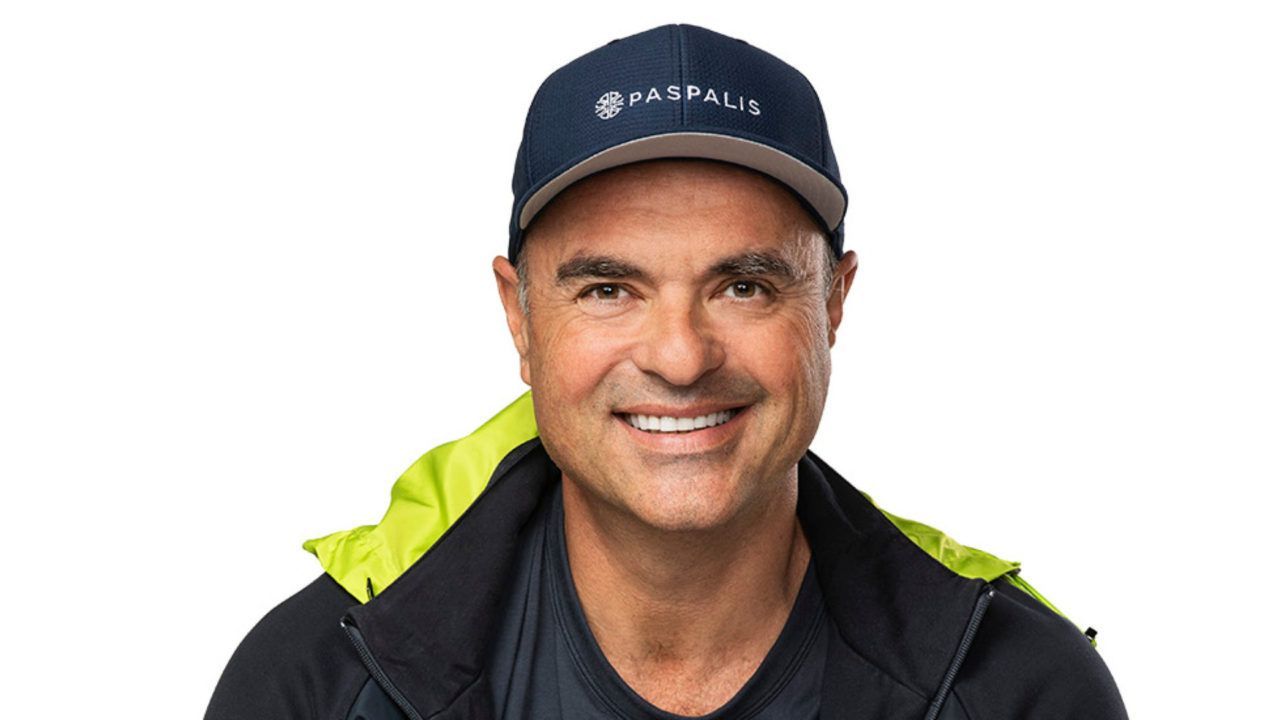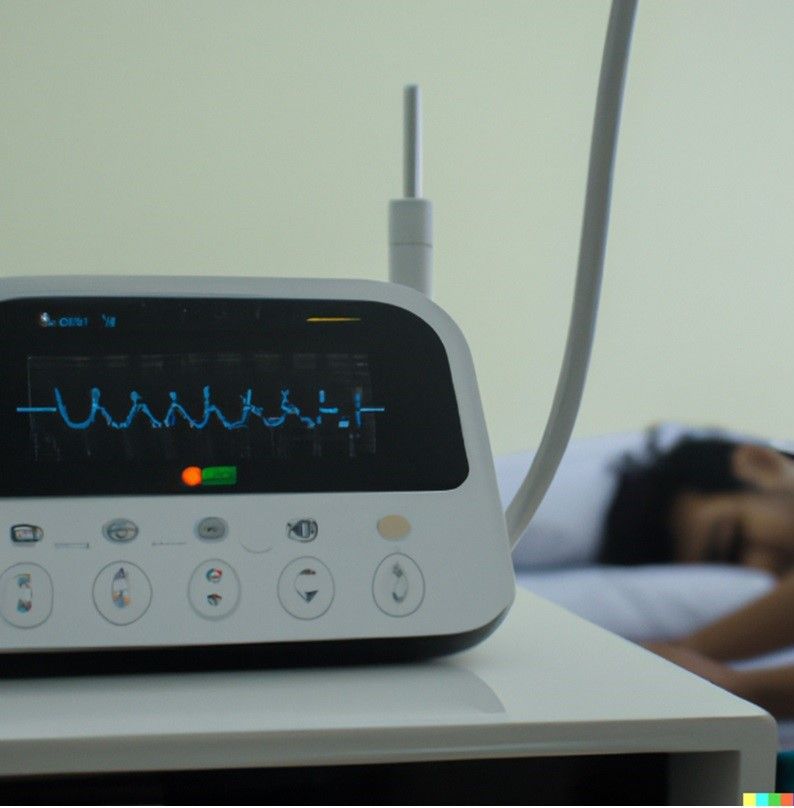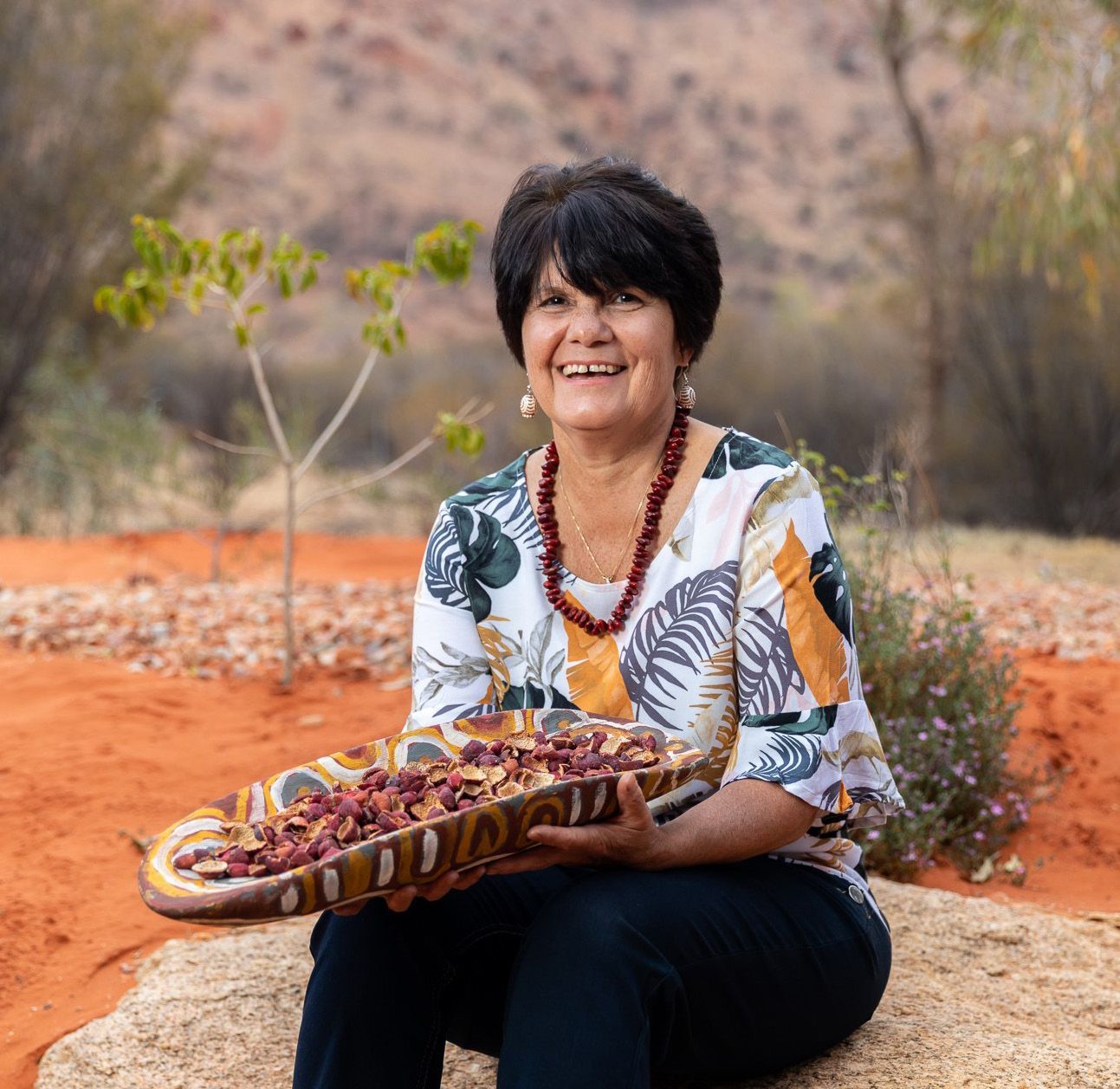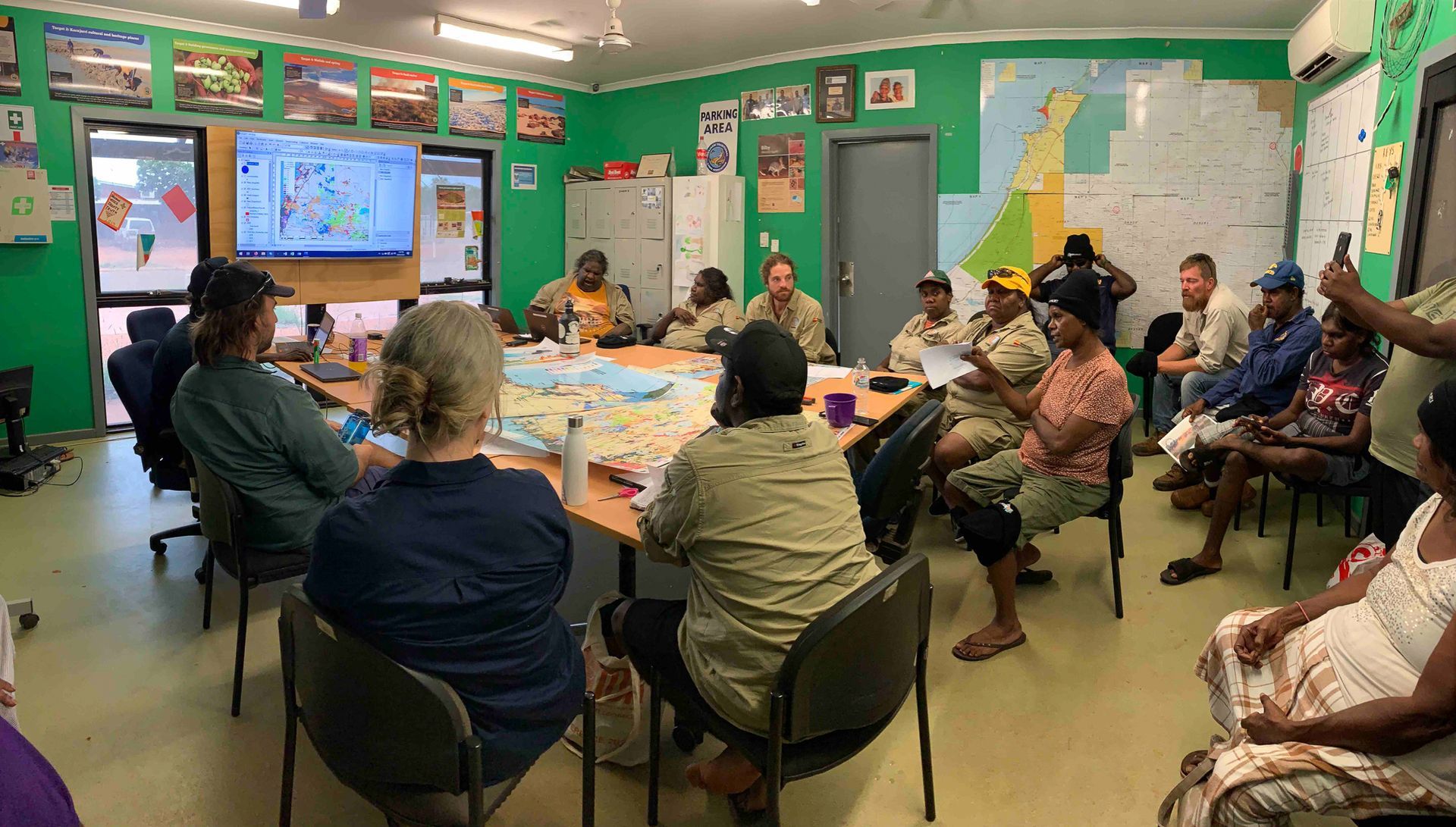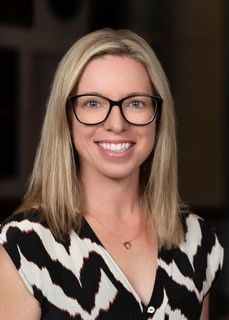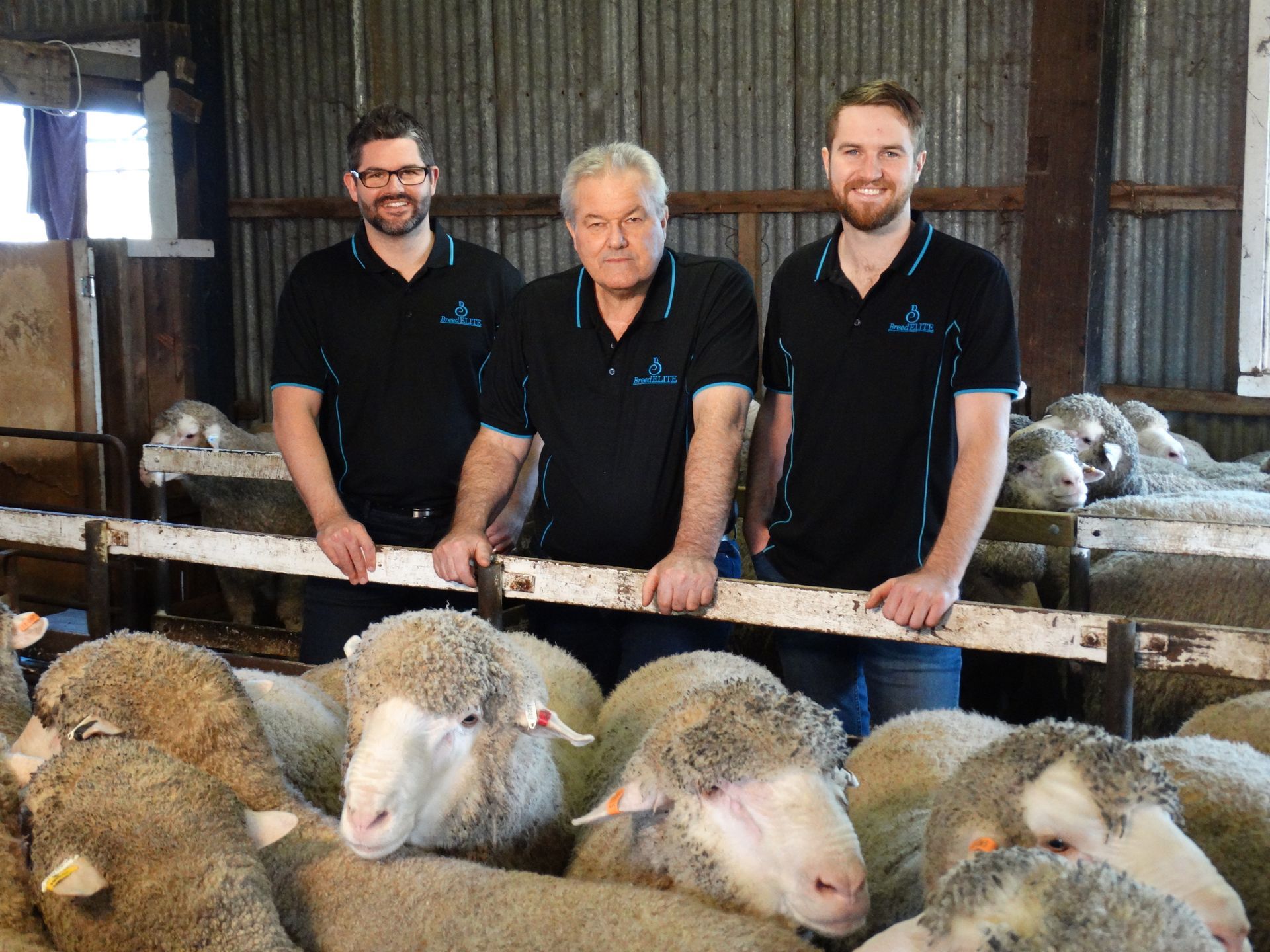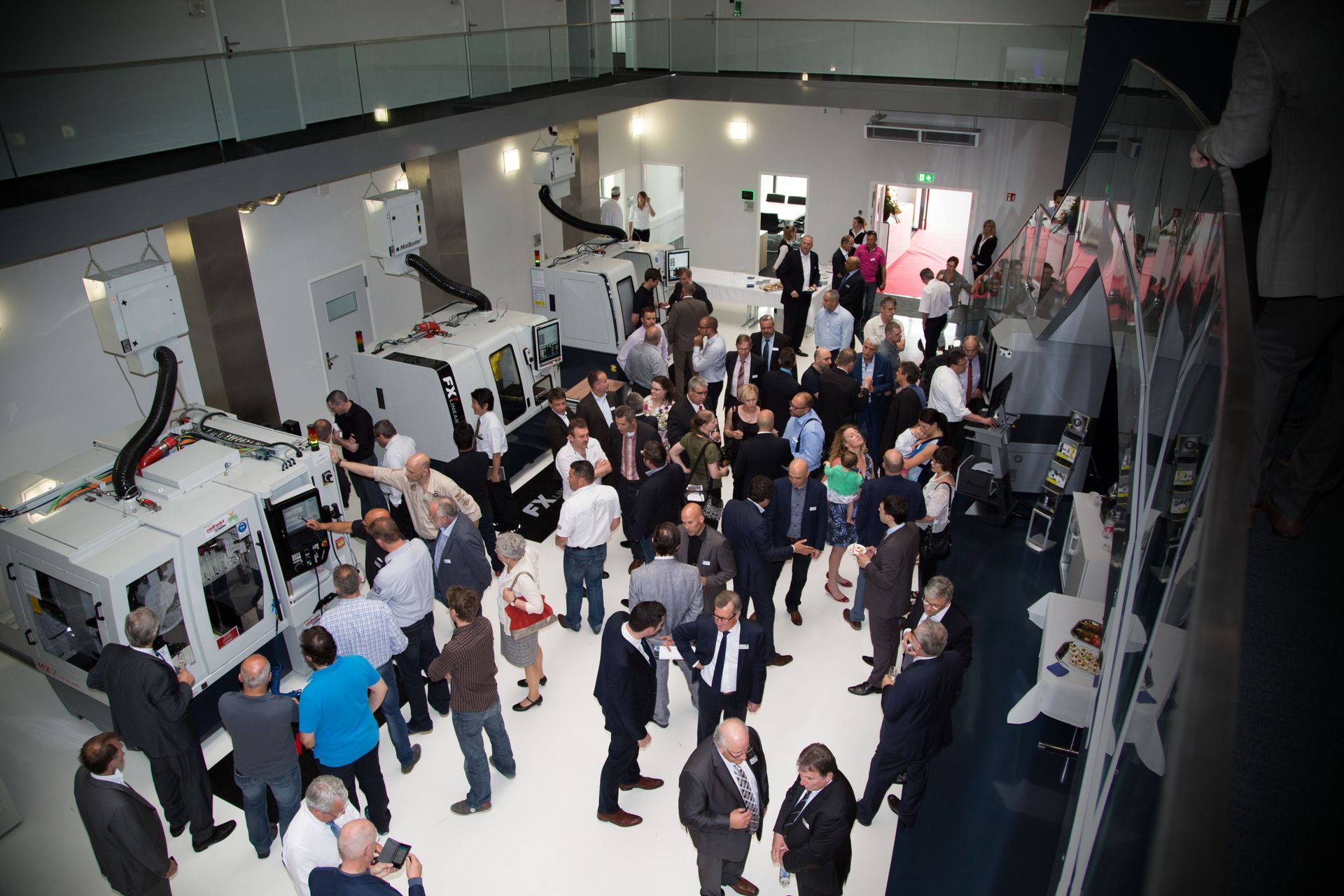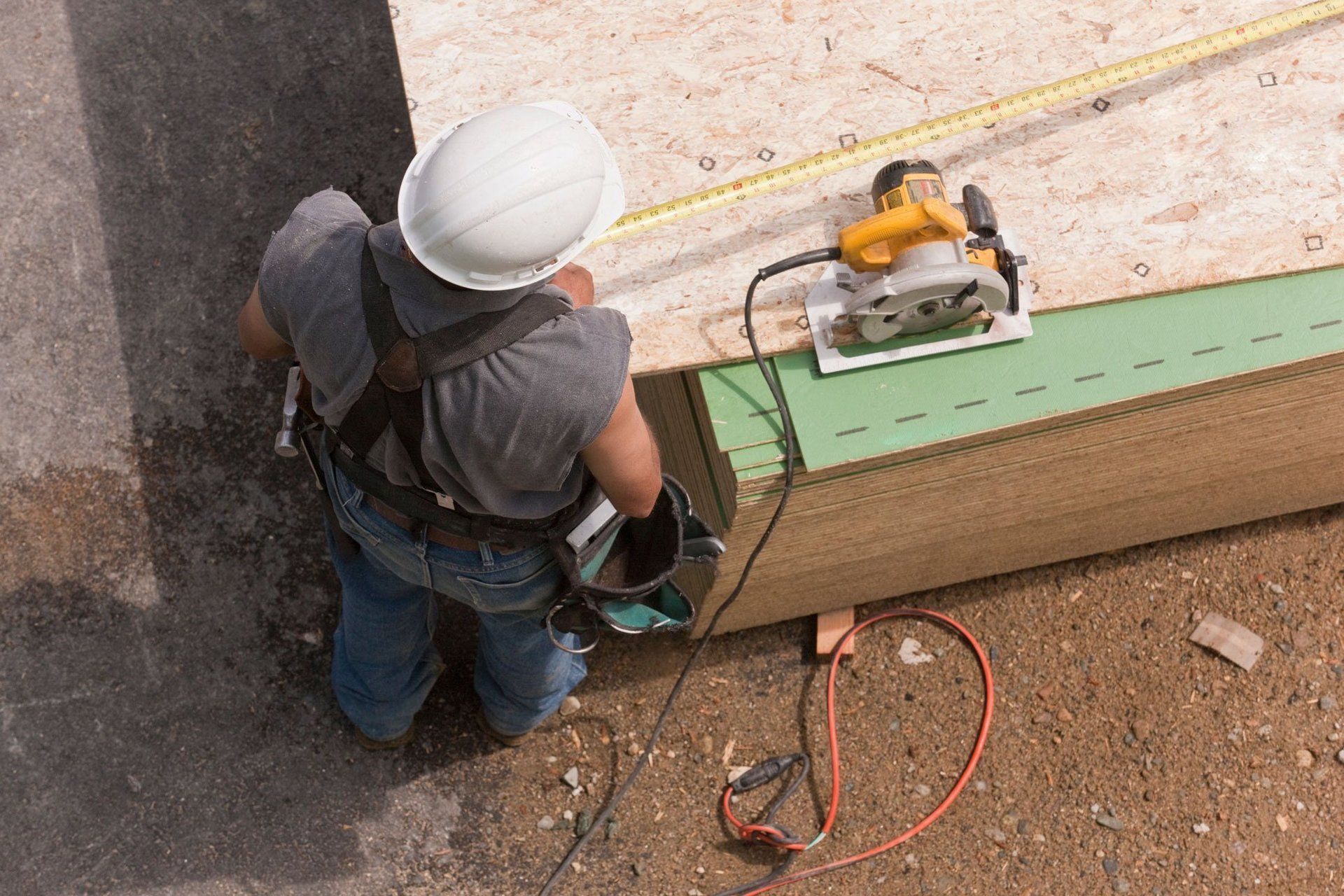Interview with Premier of south Australia, Stephen Marshall
South Australia over the past two years, concurrent to the Marshall government, has displayed a burst of activity to spur innovation across numerous sectors. Importantly, the state has a target goal of three per cent growth annually, and a method for achieving it across nine sectors: international education, defence, space, hi-tech, health and medical industries, food, wine and agribusiness, tourism, energy and mining and creative industries. Our editors conducted an original interview with Premier Steven Marshall for this publication on June 9, 2020.
From our visits and reading, we have seen a sharp focus on innovation to achieve your growth goals. How did you identify which sectors to target?
Premier SM: We did a serious assessment, including consultation with business leaders, researchers, and influencers. To create jobs for the future it was clear that a sole reliance on South Australia’s traditional industries of agriculture, mining, construction was not enough for the 21st century. We needed to orient to future industries, we needed a trans-industry push on science and innovation growth.
What in your view is the role of government in achieving these objectives?
PSM: It is not only a question of giving grants. The government can achieve a number of small but important things to leverage creativity and entrepreneurship. We can help create the right environment, an emphasis on diversity and inclusion. Government can assist in improving relevance of education. A key function, which might be overlooked by some governments, is to become an active customer of appropriate new technologies and associated products.
We see that Adelaide has the largest IOT precinct in the southern hemisphere.
PSM: We have attracted MIT, which is outstanding, and are making strides in machine learning and autonomous systems. These are the keys to the phenomenon dubbed the 4th industrial revolution. If you look at, for example, the partnership between the locally founded Myriota and the global company Motherson you see the kind of synergy which a focused precinct can produce.
We believe that the South Australian ambition is to be a leader in the emerging space industry.
PSM: True. We have a long history of Defence related infrastructure and production. The Federal government wants to accelerate this industry, wisely. We have a Space Innovation Fund, an incubation program and allied venture capital facility and University collaboration where needed. We have small local companies working alongside international giants like Boeing and BAE systems. And the macro view is important – our national Space industry is expected to triple by 2030 to $12bn per annum. This means more, and meaningful jobs.
Why, given a very busy schedule did you choose the Ministerial portfolio of Defence?
PSM: There is a preference in that industry, with many very large companies to deal with senior leadership. It is an industry which is very much relationship based.
Speaking of Venture Capital, we see your team approved Artesian VC – how were they chosen?
PSM: Their experience and orientation. They are focused on start-ups, understand them, look deeply into both technologies like Myriota, and other medical service businesses of promise such as Kid Sense Child Development.
You are doing something which we admire: the business of active talent attraction. In fact we have been writing about it and quietly lobbying for more of it for decades. You have SISA, which stands for …
PSM: Supporting Innovation in South Australia. Its run by our immigration program, and is doing well. The national pilot program selectively encourages entrepreneurs to live here and build their business in our State. We’re wanting to attract ambitious seed-stage entrepreneurs.
And apart from granting entrance to the State?
PSM: This is what makes it a real program, the fact that there is support, under the office of the Chief Entrepreneur, some mentoring, assistance with networking, help in getting to know the environment we have, and are building.
We’ve said repeatedly that Australia should market more aggressively in this area, because it has so much to offer.
PSM: And Adelaide, my city, of course – one of the 10 most liveable cities on Earth, access to all the essentials for business building, an encouraging atmosphere. One thing we have learned from this Covid period is that people can successfully work remotely. I would extend that to say, given the right environment, you can build a potential international business — build scale – anywhere, and certainly that is true of Adelaide today.
You have another program – or is it an organisation?
PSM: It’s both and with specific strategic aims. Future Industries Exchange for Entrepreneurs. Its run by Jim Whaley, our Chief Entrepreneur, a fairly new position. A lot of its growth has been spontaneous, it is not solely a government initiative, the community interaction and involvement has been a vital force. It is centred on building a world class innovation precinct, called Lot 14 and such undertakings do exert their own magnetism. It has created more interaction between start-ups, entrepreneurs and our larger companies.
And your Chief Scientist is involved in FIXE as well?
PSM: Very much so. Caroline McMillen, who has a distinguished academic and practical background in health and medical research.
You have a Bio Med precinct as well, we have read about.
PSM: We are building on the strengths, in part, of the new Royal Adelaide Hospital, a beautifully designed structure, in the heart of Adelaide - one of the finest in Australia, by all criteria. Its also a teaching hospital. We are encouraging partners and collaborations in the wider area of bio med and advanced medical research, and related technical development.
It occurs that per capita, Adelaide probably has more technology parks, hubs and research concentrations than most cities. We’re thinking also of Tonsley Innovation District, Technology Hub Lot Fourteen, and the Bio-Med precinct.
PSM: And the Defence Technology facility, too, at Salisbury.
Last, we wonder how you manage also to carry the Arts portfolio, and why?
PSM: I am interested in Art generally, it enlivens and pleases the public, of course. But I have also long been fascinated by the engagement of major business with the arts. In fact some of the new digital art we see, may lead to some exciting new uses of technology which might be utilised by industry, a sort of side benefit.
Myriota is based in Adelaide’s Lot Fourteen startup precinct. The space and technology company operates nanosatellites, weighing between 1-10kg, which enable the direct transmission of data from IoT devices, and was the first company to do so in 2013. It was the first Australian company to sign with the Australian Space Agency (also based in South Australia) as a strategic partner.
By enabling the collection, and transfer of vast amounts of data gathered in real-time by sensors, even in remote areas, the company’s nanosatellites allow for longer battery life in the IoT devices, while guaranteeing a connection. This brings the price point of real-time monitoring down, while increasing its reliability.
Importantly, the technology is scalable, with the nanosatellites able to handle vast volumes of data.
The company has partnered with Motherson South Australia, a subsidiary of India-based Samverdhana Motherson Group, to manufacture the module which transmit data from the source to the satellites. In a nod to South Australia’s automotive manufacturing past, Motherson is a specialist in rear-view camera technology for motor vehicles.
By design, South Australia’s focus on building an IoT and space industry has led to a collaboration between a global giant, local Adelaide company, leaning on the state’s automotive experience and manufacturing assets.
Tonsley Innovation Park is a good microcosm of what South Australia does well: Government working in close consultation with private industry to maximise economic and social benefit. It revitalises a former car manufacturing hub, creating new opportunities of the future.
Built in 2017 with innovation and collaboration as its specific goals by design, the mixed-use precinct also features a train station, while supporting social interaction, activities, and events. Beyond its physical features, the ‘triple helix’ partnership underpinning the model also includes a focus on economic assets, including anchor businesses alongside research and training institutions, and networking assets.
Already, it is home to TAFE SA, along with Flinders University, Siemens, the Innovative Manufacturing CRC, and the Australian Hydrogen Centre. It also features business accelerators, and world leaders in medical technology such as Micro X and Zeiss.
By leveraging Adelaide’s low-risk business environment, and liveability, it allows for the attraction of world-class talent, which helps enrich the local business environment and innovation ecosystem. It is close to prime beaches, southern vineyard districts, and boasts a clean, green environment. Just 12km away from the Adelaide International Airport, it makes trade missions and global outreach much simpler.
This article is taken from the recently published digital book
Australia's Nobel Laureates Vol III State of our Innovation Nation: 2021 and Beyond
